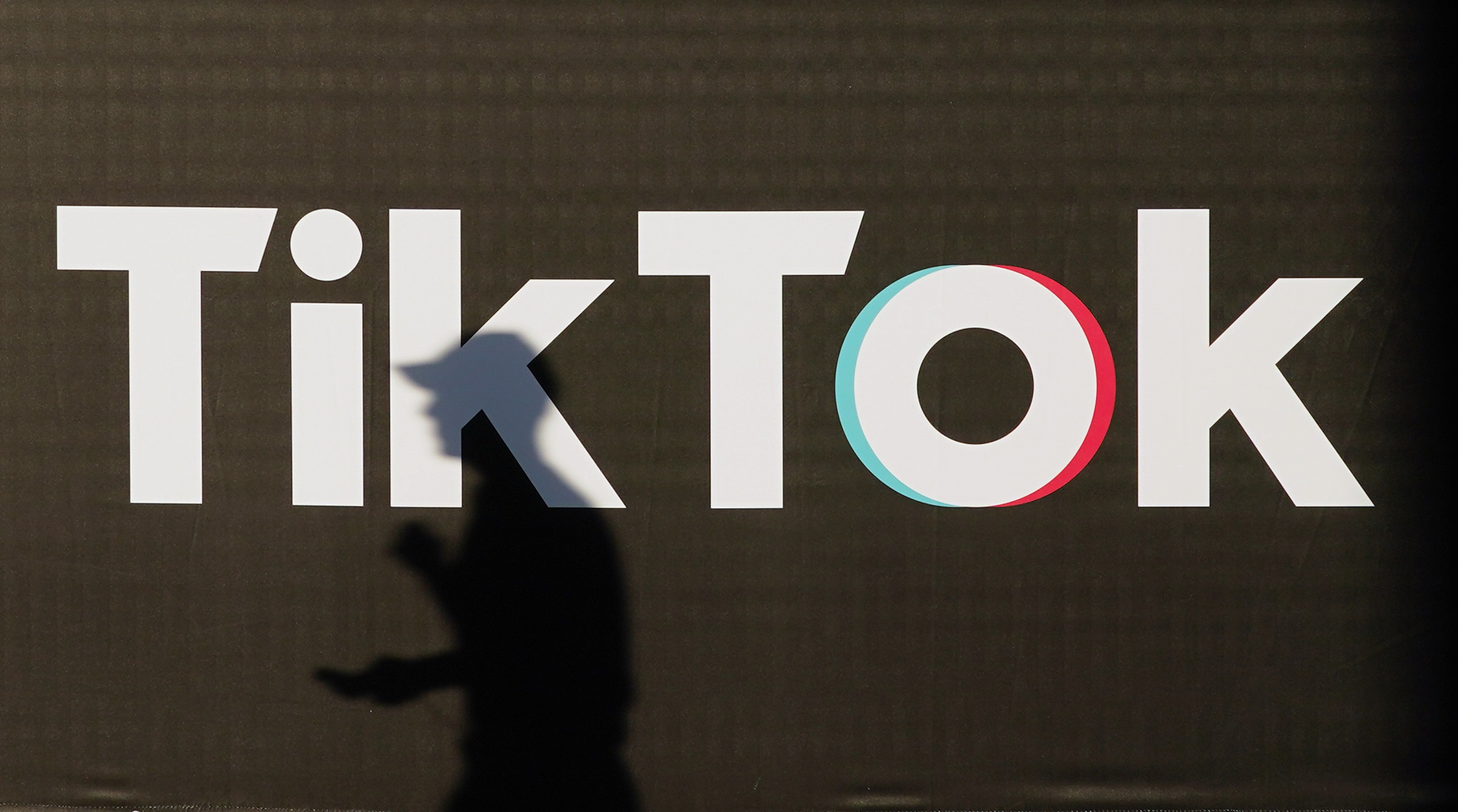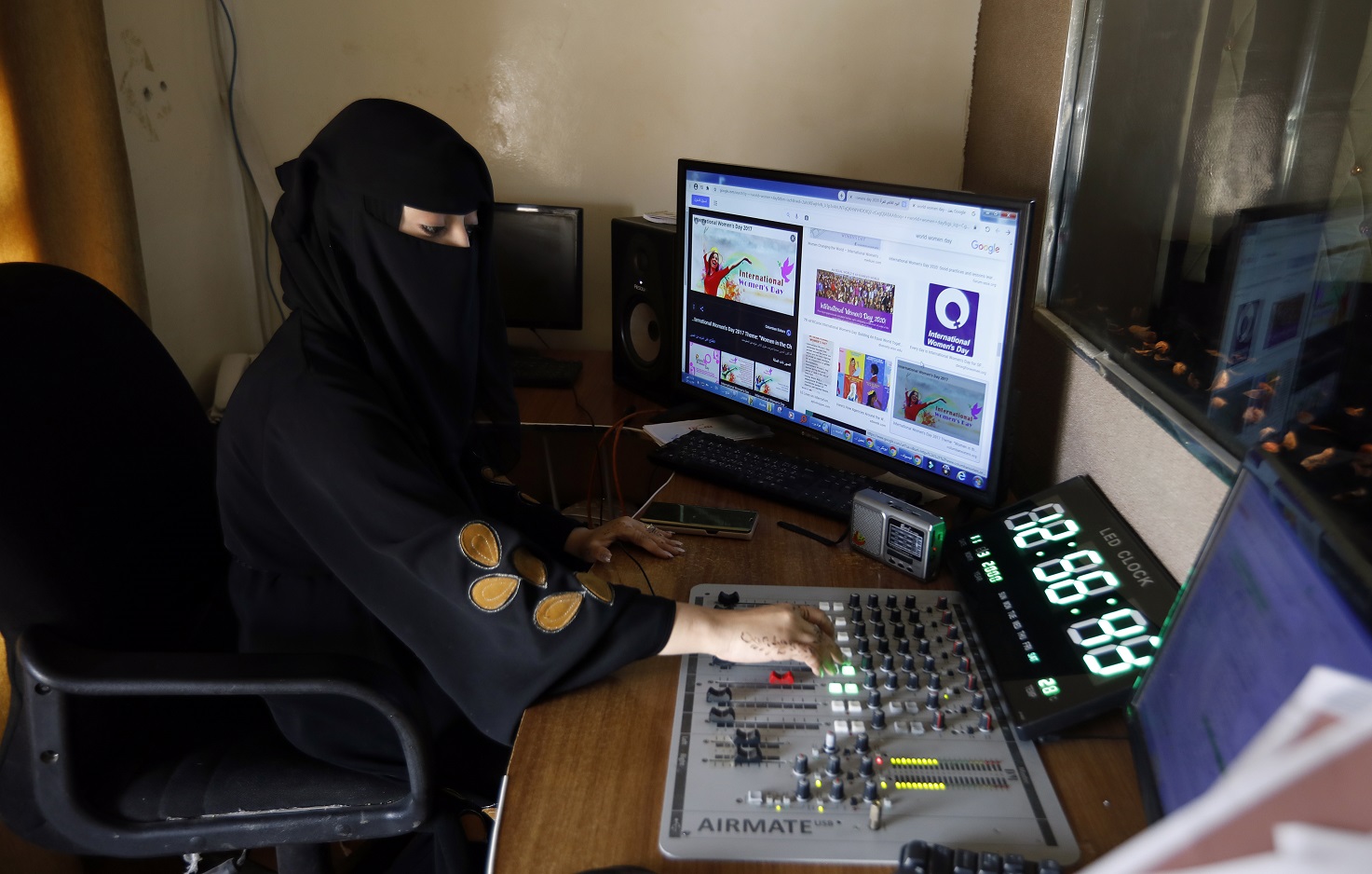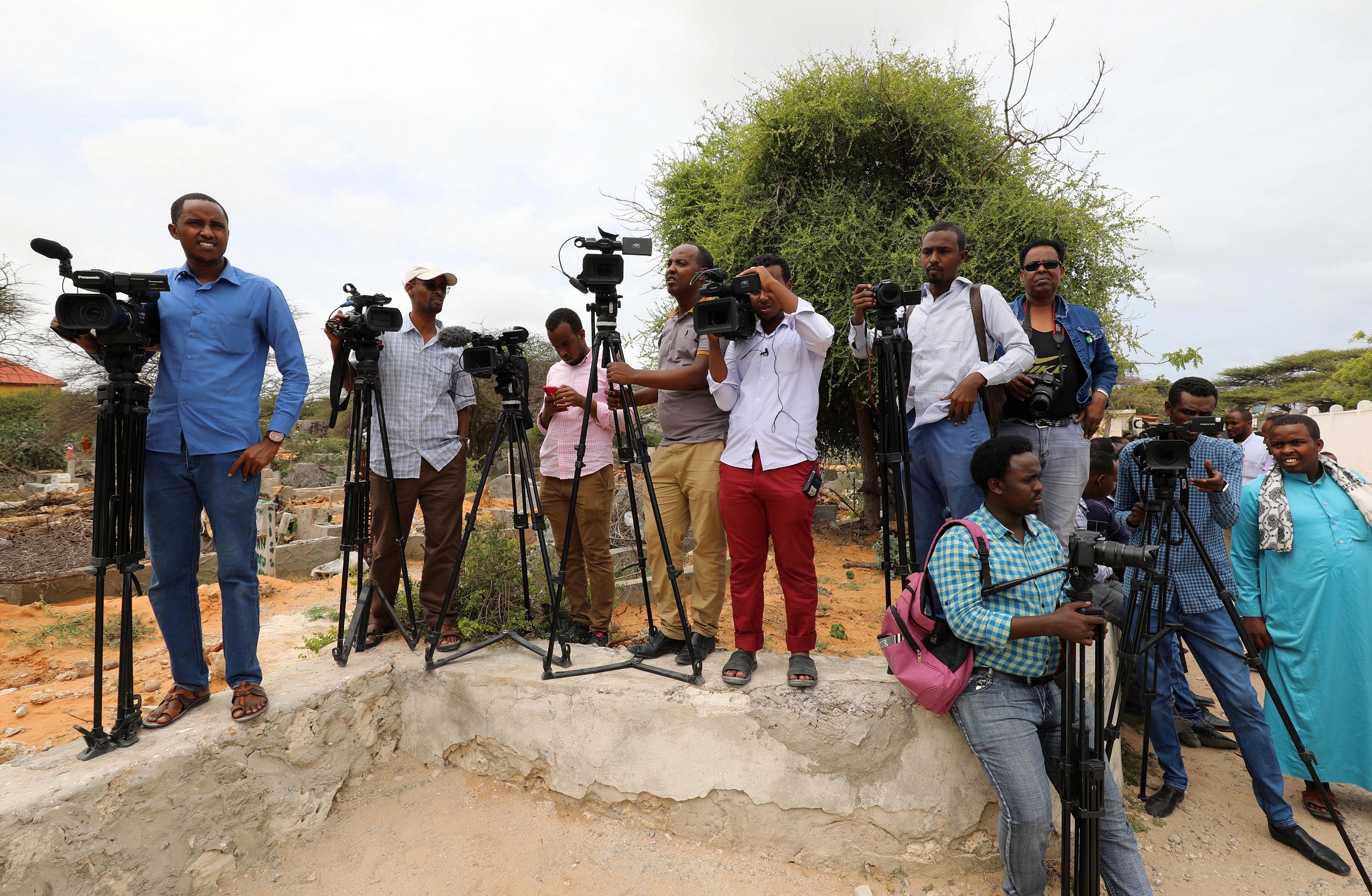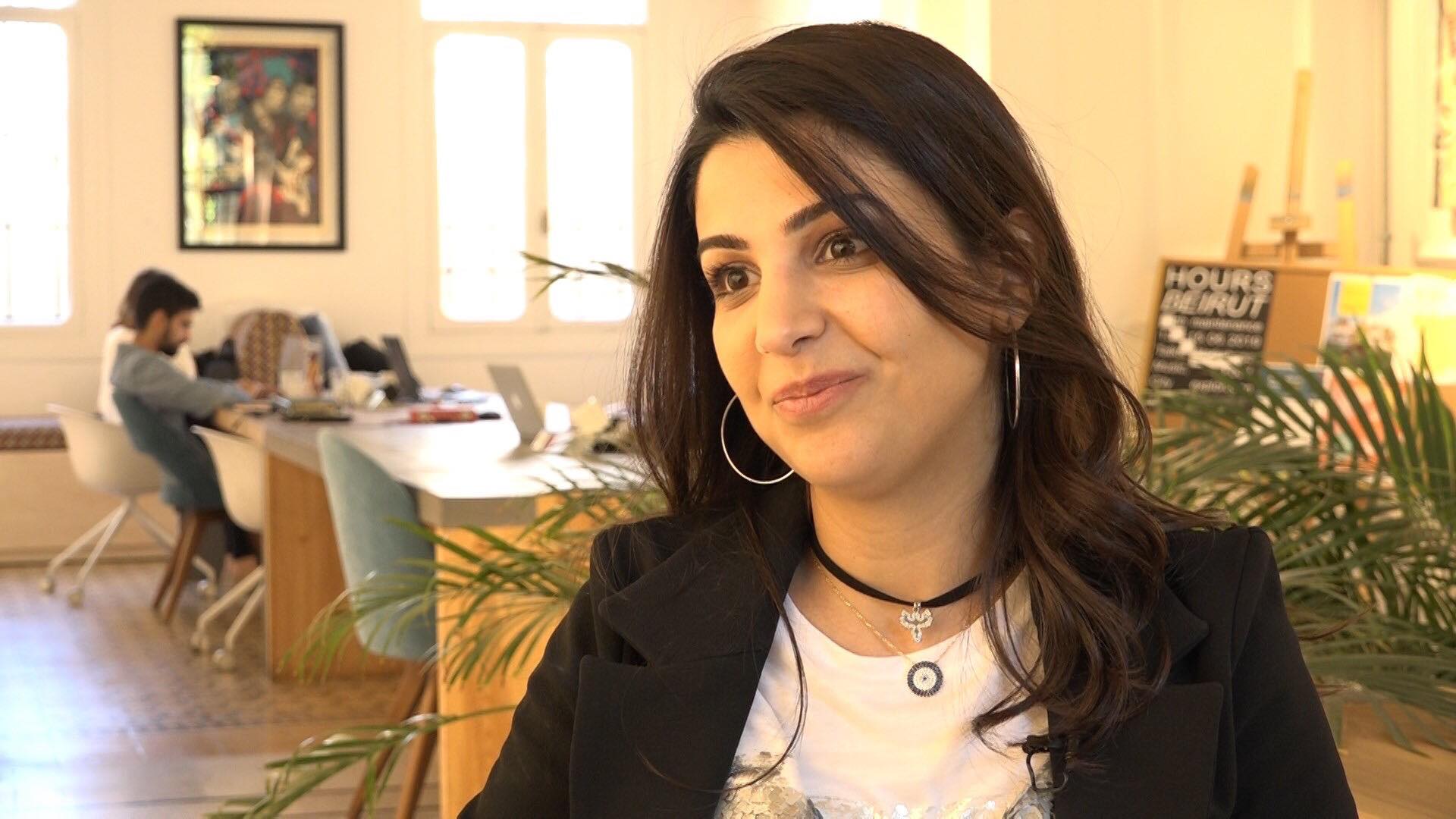The accusation: Instant journalism encourages superficiality, serves a consumer model and too neatly gives the audience what it wants.
The accused: Digital journalism.
The case: Ever since we entered the age of speed – the age of the internet and social media – journalists have been competing not to find out the truth, but rather to be the first to publish. The solution is slow journalism.
The defence: When I was asked to write this article, it seemed that I would be forced to write a defence of so-called ‘instant journalism’ – equated to an unreasonable degree with digital journalism – against ‘slow’ journalism. But rather than defending instant journalism, I have found myself deconstructing the accusation to show how incoherent it is to level it against digital journalism.
What is the culture of slowness?
It is important to understand the motivations behind slow journalism. One of its pioneers, the magazine Delayed Gratification, explains that ‘like other Slow movements, such as Slow Food and Slow Travel, we take time to do things properly.’
‘Slow’ culture began in Italy in the 1980s when Carlo Petrini, its founder, participated in a campaign against the opening of a McDonalds near to one of Rome’s most important historic landmarks. The original movement was opposed to fast food and aimed to restore a better way of eating through organic agriculture, traditional cooking and slow consumption. ‘Slow’ culture then gradually expanded into other fields as a protest against the ‘age of speed’, becoming part of a broader anti-consumerist movement.
Although the term ‘Slow Journalism’ itself is relatively new, the associated practices are not, as is shown in a detailed article by Michael Blanding on our need for journalism of this kind. But if these practices already existed, then what is behind their newfound prominence today? Is instant journalism the new factor?
Slow culture can be thought of as a rebellion against a general system that makes speed essential. This system manifests itself in workplaces, in marketing practices, and in everything surrounding smart devices. Speed today is an end in itself – synonymous with intelligence, competence, effectiveness and digitalisation. And more importantly, it is the dominating characteristic of consumerism in all its forms.
Digital media: A real necessity or a consumerist invention?
Digital media is a kind of media product that uses digital spaces as vehicles or moulds to facilitate communication. It is distinguished by interactivity, or the ability to give equal prominence to the opinion of the audience and the content creator and the ability to present the interaction of both.
Digital media as it is today emerged in response to technological developments. The process of technological evolution in media goes as follows: Technology finds a new way of transmitting messages, media recognises the importance of this new medium, and new forms of media are created to fit the new medium. This is what happened with the printing press, radio, television, the internet, and social media.
Technological developments cannot always be thought of as a consumerist invention. Digital media is not necessarily consumerist. It does not only provide what the audience wants. Smart devices can be used to convey carefully composed messages or simply to transmit trends.
Who are these consumers using these new mediums? Millions upon millions of people, most of them young, some of them convinced that staying on these websites and apps for as long as possible satisfies some sort of need, while the rest use them to keep up with their friends.
What is the ‘media will’? The answer is the pairing of capital and political will, a pairing which is needed to make every newspaper or media outlet function. This pairing is the fundamental driver and director of media development and innovation. The loss of advertising capital has doomed many attempts at Slow Journalism, while political will has been able to support some of them. Journalism and journalists are the hostages of media will, whether they are working on ‘instant’ or ‘slow’ journalism.
Digital media, unlike print or television media, can provide careful and deliberate journalism with a significant platform which allows it to reach its target audience. Digital media thus seems like a more cost-effective way to increase circulation and promote the idea of long-form journalism, which has gained a genuine public following.
Here the role of media will is once again visible. Although digital journalism can provide a platform and broader circulation, it cannot guarantee financial security to journalists or media outlets that want to produce this kind of careful and considered journalism. It takes a lot of time and money not only to produce journalism like this, but also to put it in an appropriate form for publication that encourages circulation.
What distinguishes digital media is its ability – perhaps unique in the history of journalism – to provide and organise different levels of depth and detail on any given topic, and how easy it is to move back and forth between them, search them, reorganise them, evaluate them and reuse them in raw form to produce other pieces.
Where is instant journalism?
Many advocates of slow journalism define it in opposition to ‘hurried, inaccurate journalism,’ or ‘journalism that fails to follow up on old stories.’ There are many definitions of so-called ‘fast journalism,’ but what they all have in common is a tendency to rush to conclusions without waiting for the story to fully develop.
To position instant journalism within a space in which it is possible to accept varying levels of journalistic depth and detail we have to accept the reality of digital media. It is the sole space within which unhurried journalism can flourish alongside instant journalism. Still, there are some caveats.Instant journalism should only publish urgent news after verification and clarification, in a form that does not mislead the audience. It also needs to be part of a broader reporting that gives context to events and is able to follow up on old stories and trace their development.
The other point is that it is instant journalism that uses digital space cleverly and competently which creates the audience’s need and desire to understand more. Much of the audience will not be aware of the depth and detail of a particular event without a succinct explanation of its importance and effect on them.
There have been several attempts at creating journalism based on this principle. Most of them begin with instant journalism and aspire to add more slow and deliberate work and follow-up. But few have succeeded.
One good example of integration between different types of journalism is provided by the Al Jazeera network’s attempts at digital media. Al Jazeera Plus provides high-quality, high-accuracy instant journalism through its daily segments, presenting social media trends and a quick summary of their backgrounds to help understand the greater context. Through its various programs, it presents a diverse view of particular political, scientific and social issues.
The Midan website is more interested in detailed, long-form pieces that give the broader context and explanations that answer questions raised by the daily news cycle. The network’s various blogs also work to highlight different opinions on events and on their context.
Finally, Al Jazeera.net is a broad umbrella site which works to constantly strike a balance between the different levels of journalism. It includes a long digital history of the network’s various productions, and it provides explanations of various political and economic affairs through its encyclopaedia.
Al Jazeera’s closely integrated projects show what ‘media will’ can accomplish in the digital space. The network offers different products that complement one another, facilitating access to a level of information and detail that free the audience from the prison of instant news without making media the hostage of a particular audience.







































